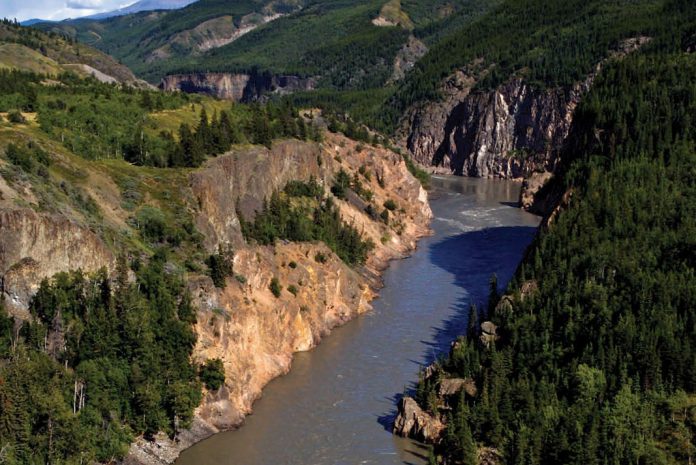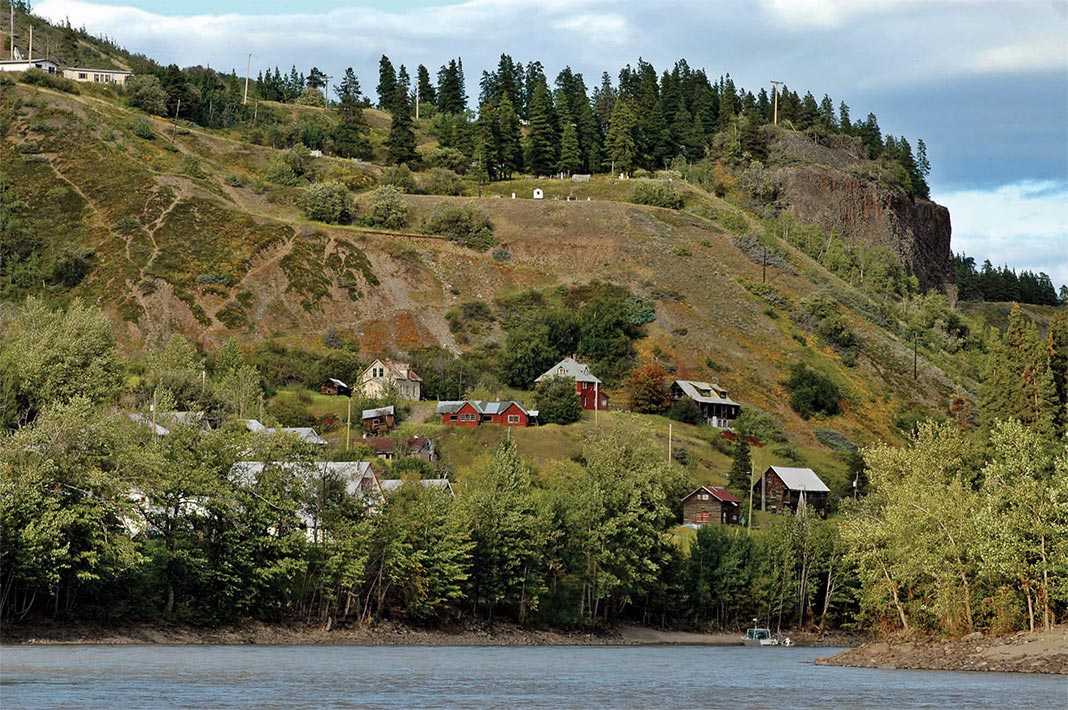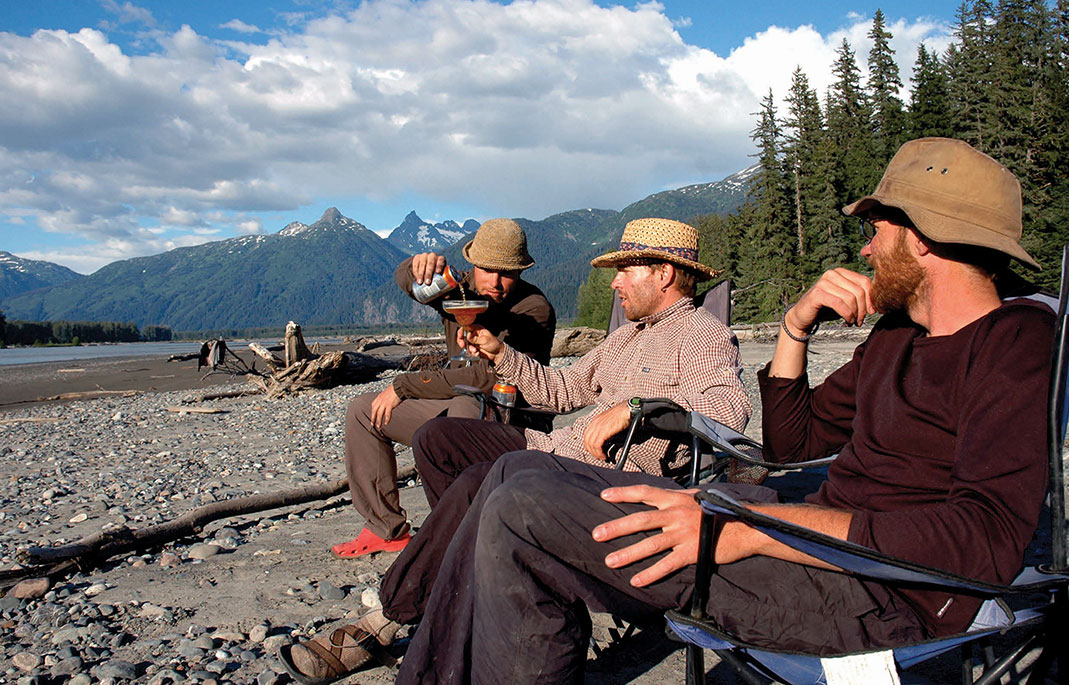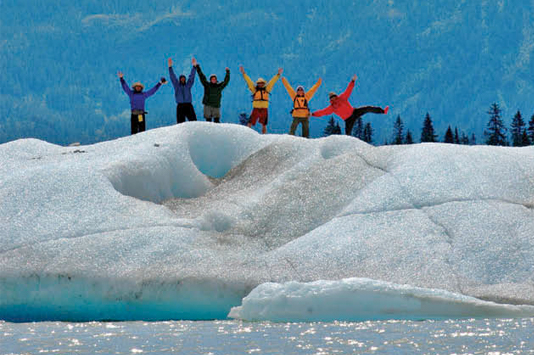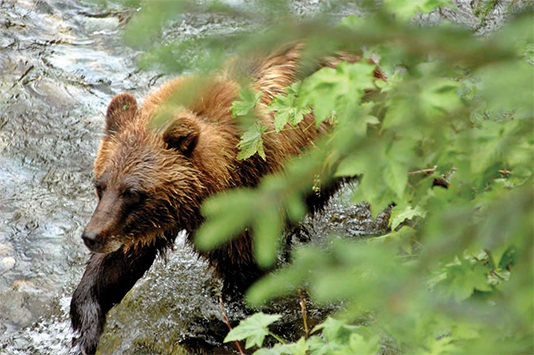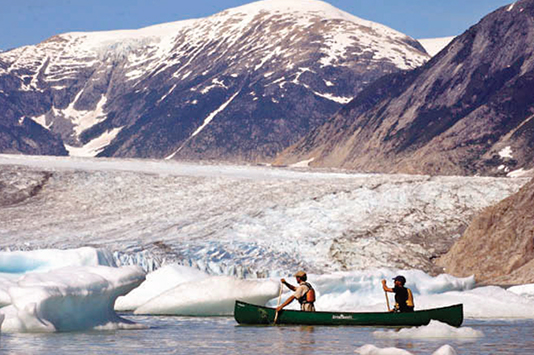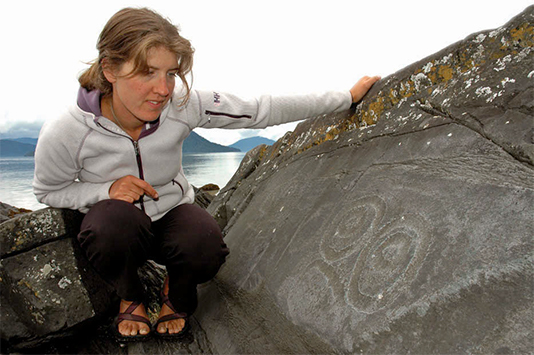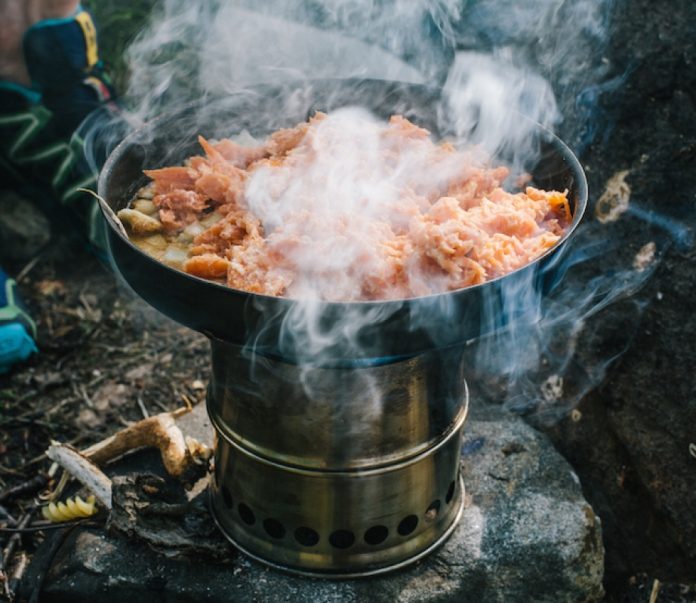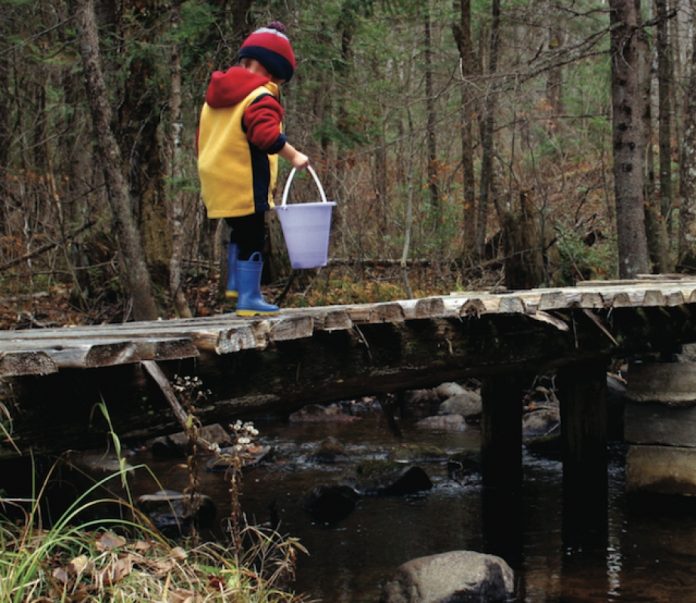One of the privileges I have as the editor of this magazine is the very close personal relationship I have with the editor of this magazine. Every year I can sneak a handful of my own photos into the shortlist for our Photo Annual and pass them off as somebody else’s. When I send the list to our designer, I hope that one of mine will make the final cut, but that rarely happens.
The problem is not my camera. I have a Nikon D200 semi-pro DSLR with a $900 lens that I bought on impulse a year ago and am still paying for. Many of the photos we print come from the same gear.
One of the questions that every pro gets asked again and again is what kind of cam- era they use. This must drive lensmen crazy. Nobody asks writers what kind of pen they use, or what kind of word processor they have at home. But everybody assumes that the secret to the photographer’s art lies in his tools.
Which is great for camera companies. They know we think this way, which is why they emblazon the model name on their neck straps and why Nikon and Canon offer discounts for real photographers who buy their products. People like me can’t get those discounts. I’m exactly the sort of rapt amateur who always looks to see what kind of camera the pros are using and then goes out and buys one at full price, thinking it’ll mean I can sell my vacation snapshots to galleries and quit my job to shoot for National Geographic.
This year I indulged my camera-envy by printing what kind of cameras our Photo Annual photographers used. This is something that other magazines do, namely Outside. They print the photo data with their gallery shots, as if we could use the f-stop and shutter speed to reproduce the images for ourselves.
But the information does as much to bust the camera myth as to feed it. You’ll see that some of the photos came from $300 point- and-shoots. Without the telltales embedded in the digital files we’d be unable to put a price tag on the cameras that made them.
SHOOT MORE PHOTOS, MORE OFTEN
There are some fundamental truths. Most of the people who send us great photos are either professional photographers or kayaking guides, or make their living doing a bit of both. These lucky folks have a few things going for them. They go to beautiful places all the time. They take photography seriously and work hard at it. They shoot more photos, more often. They carry their cameras up hilltops on tripods or into cold water in waterproof housings or wake up at dawn when the light is just so. They also have “the eye”—that creative genius that sees the shots the rest of us miss. Then, of course, they go to the trouble of sending us their pictures, which helps a lot. They do all of the things that have always resulted in great pictures, the camera notwithstanding, which is why you see many of their names in our magazine over and over again.
I’m slowly learning my lesson. This year Nikon brought out the replacement for my camera, the D300, which everyone says is better and faster and smarter than the one I have (the price of mine instantly dropped by $500). I desperately want to buy it and a $2,000 wide-angle lens, but after selecting photos for this issue, none of which were taken with this year’s new cameras, I’m determined to resist. I’m going to spend that money on a vacation instead, where I can go paddling and take more pictures.
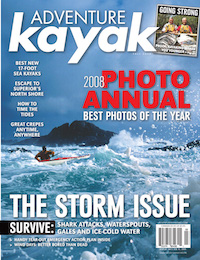 This article first appeared in the Fall 2008 issue of Adventure Kayak Magazine. For more great content, subscribe to Adventure Kayak’s print and digital editions here.
This article first appeared in the Fall 2008 issue of Adventure Kayak Magazine. For more great content, subscribe to Adventure Kayak’s print and digital editions here.



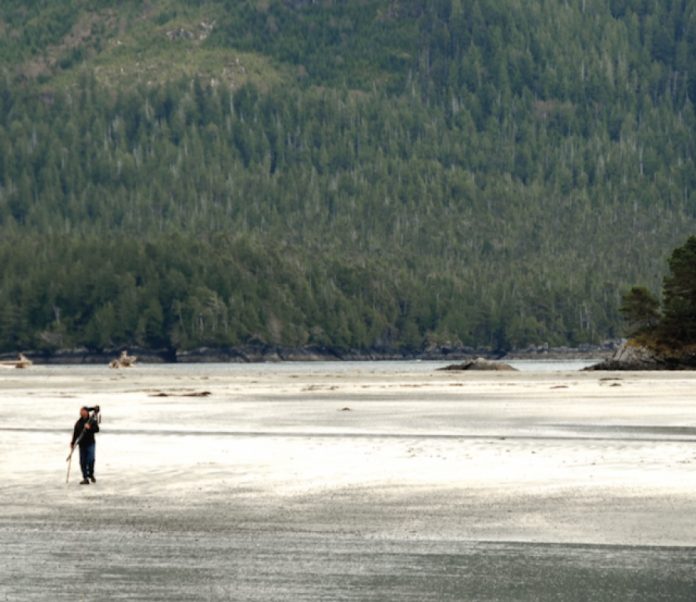
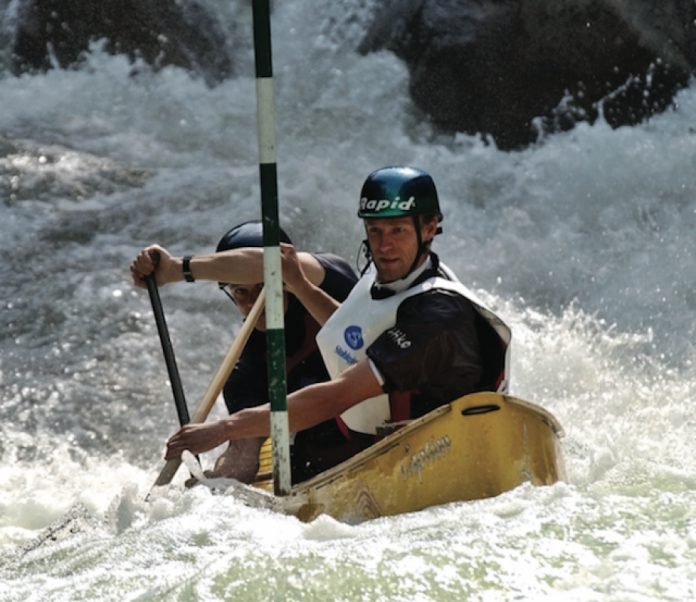
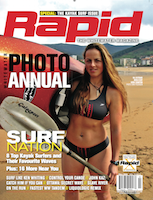
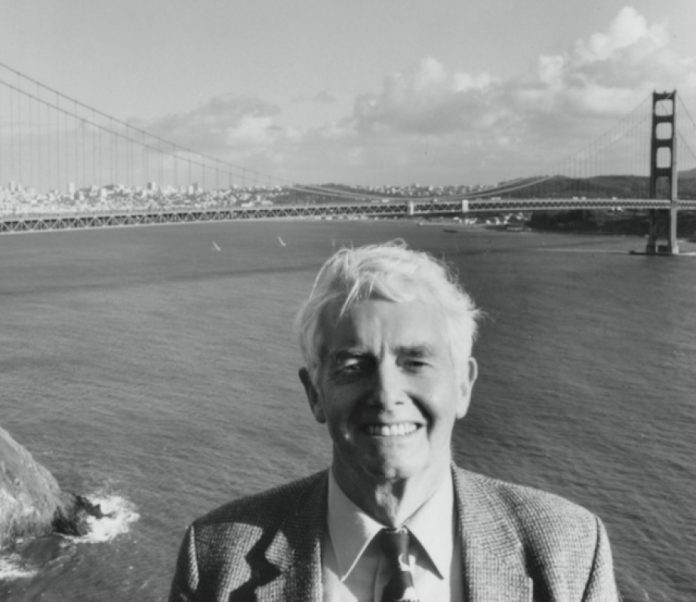
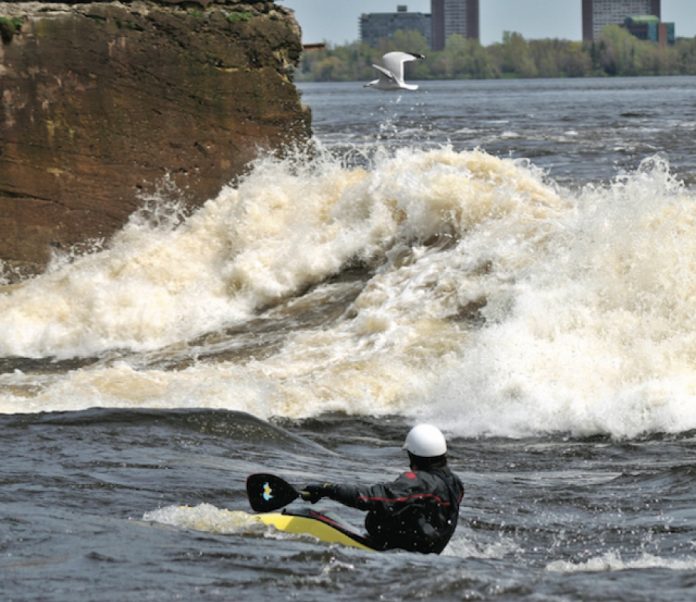
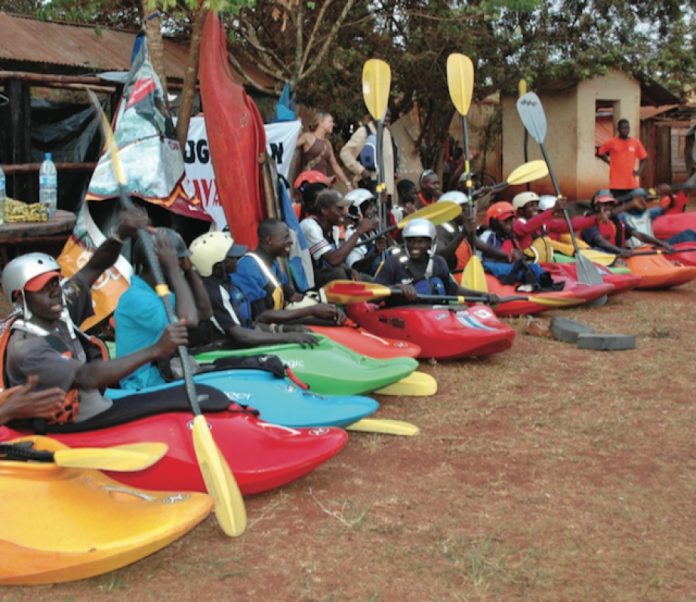
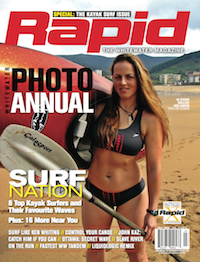 This article first appeared in the Summer 2008 issue of Rapid Magazine.
This article first appeared in the Summer 2008 issue of Rapid Magazine.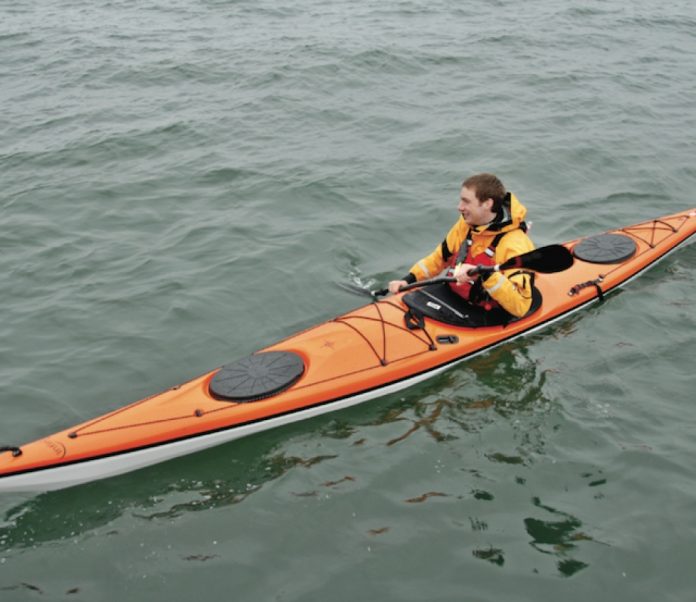
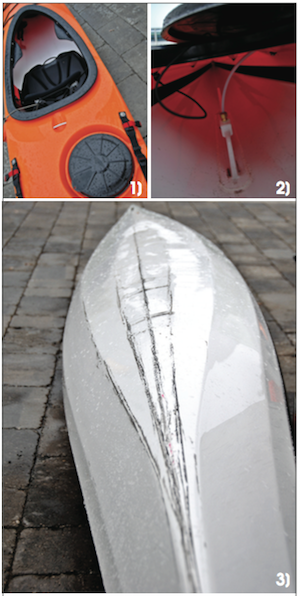 1) Features galore
1) Features galore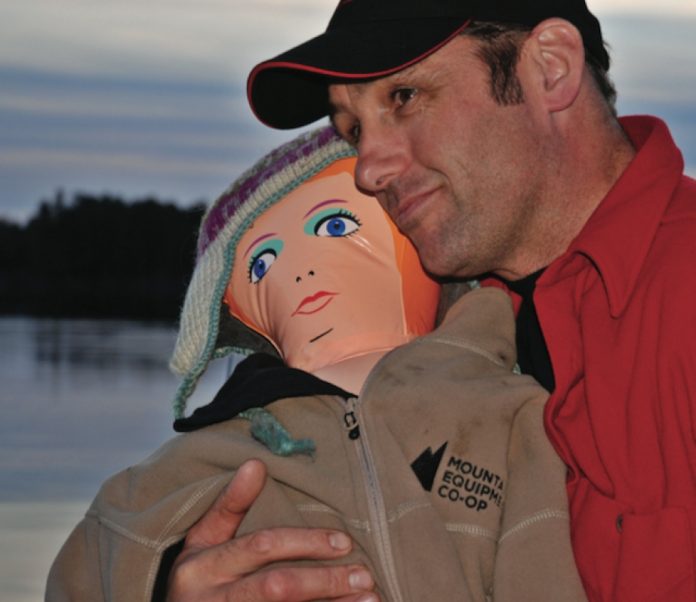
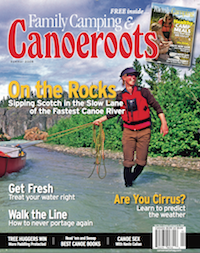 This article first appeared in the Summer 2008 issue of Canoeroots Magazine. For more great content, subscribe to Canoeroots’ print and digital editions
This article first appeared in the Summer 2008 issue of Canoeroots Magazine. For more great content, subscribe to Canoeroots’ print and digital editions 